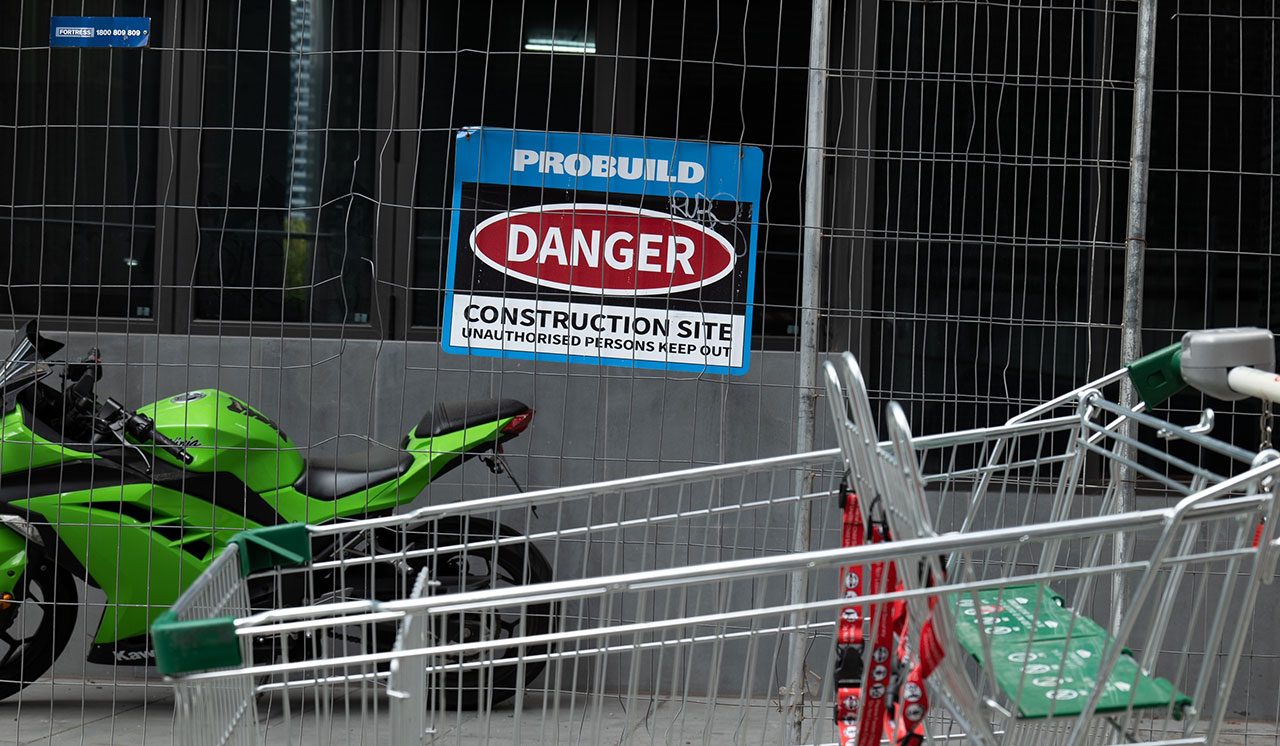This article is from the Australian Property Journal archive
DEVELOPMENT feasibility will need to go back to the drawing board, with builders and developers already facing pressure on margins warned that construction cost inflation may pick up again, adding a further $200 million in costs to a $1 billion project.
According to Oxford Economics Australia, construction cost inflation could accelerate to more than 4% per annum after FY28, after slowing from unprecedented levels in FY22 and FY23.
“The recent surge in construction costs was primarily driven by supply-side factors; commodity market volatility and the energy cost crisis has shifted up manufacturing and transport costs, compounded by supply-chain disruptions from the lingering impacts of the pandemic,” said Thomas Westrup, senior economist at Oxford Economics Australia.
“However, cost growth now is increasingly being driven by domestic factors. Without substantial improvements in construction industry productivity, this presents risks for a significant reacceleration in construction cost escalation later this decade.”
Construction cost inflation growth has historically outpaced broader household-based inflation measures like the Consumer Price Index (CPI).
With Engineering Construction IPD averaging 3.4% growth per annum since the mid-80s compared to 3.1% per annum.
Which has become broader since the 00s, with Engineering Construction IPD growing at an average of 3.7% per annum compared to 2.8% in the CPI.
“This difference is not due to well-known and regularly observed ‘cost blowouts’ on major construction projects – which, by the way, are mainly the result of poor front end project cost estimation and/or the crystallisation of risk which should have been included in contingency,” said Adrian Hart, director of construction and infrastructure at Oxford Economics Australia.
“Rather, it is because construction cost indices and the CPI are measuring fundamentally different things. The CPI is focused on a representative basket of goods and services purchased by households, while output-based construction cost indices such as the engineering construction IPD reflect movements in prices for construction itself, including not just bespoke construction inputs but also project owner (client/government) costs as well as margins of construction contractors.”
Oxford Economics Australia’s study found price growth for commodities such as oil, coal, copper and quarry products, upstream manufactured products such as steel, cement and concrete and construction industry wages have a far more significant impact on construction cost growth than the CPI.
Additionally, the prices of these items have also increased at a faster rate than the CPI due to supply and demand imbalances over the last two decades.
“Furthermore, monetary authorities such as the RBA specifically target CPI to remain within a 2-3 per cent growth band – and are prepared to take corrective action when price growth moves outside this band. There is no specific target set to ‘correct’ unusually high growth in construction costs,” added Hart.
Construction cost growth, as seen in the engineering construction IPD, was up 5.7% in the 2022 financial year 2022 and 8.2% in 2023.
Since then, there has been a significant decline across some key construction input prices such as energy and metal commodities, with overall measures of construction cost growth slowing rather than reversing.
“Essentially, price declines for some key construction inputs is being offset by accelerating prices for other inputs,” said Hart.
“Instead of international factors driving escalation, domestic price pressures are now driving escalation based on sustained high demands from construction activity.”
Additionally, strong demand for construction labour and local construction materials is still driving strong growth in construction wage outcomes, with ABS Wage Index Price Index data showing wage growth from 1.5% in2020 to 4% currently.
“At Oxford Economics Australia, we see significant risks of cost escalation once more surprising on the upside in coming years – even if the RBA is successful at quarantining CPI growth within its 2-3 per cent target band. From as early as FY2026 we are forecasting another ‘decoupling’ of construction cost escalation and the CPI,” added Hart.
“Escalation of this magnitude could easily add $200 million in costs on a multi-year $1 billion megaproject,” said Hart. “And cost growth will likely be even higher in states such as Queensland and Western Australia where growth in construction activity and demand will be strongest.”





